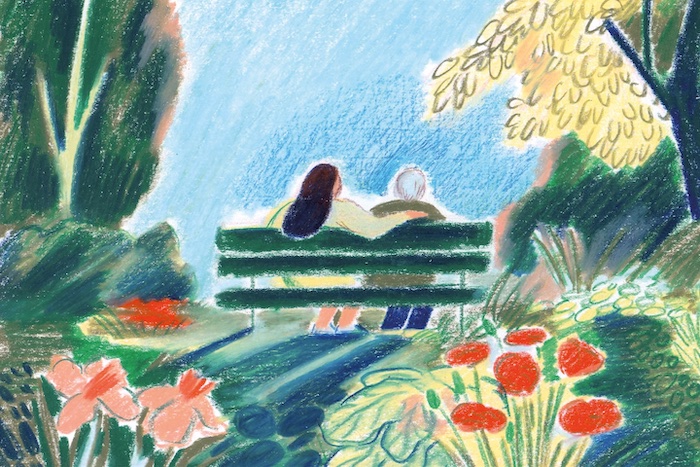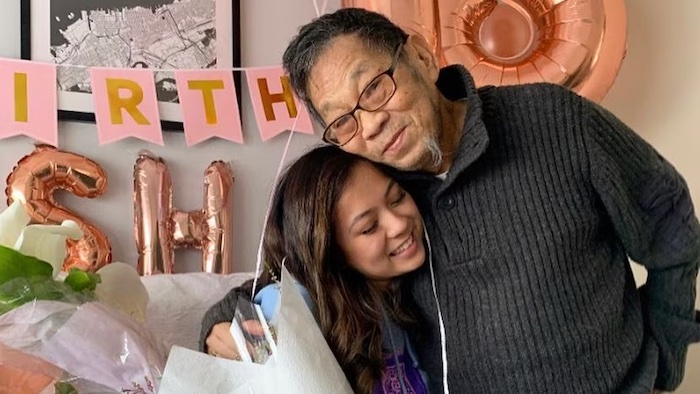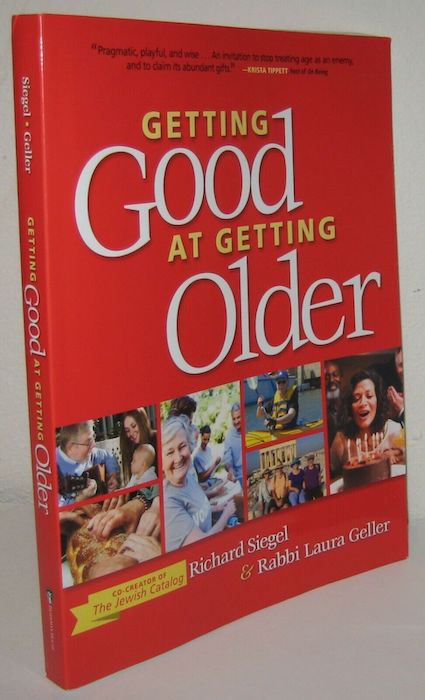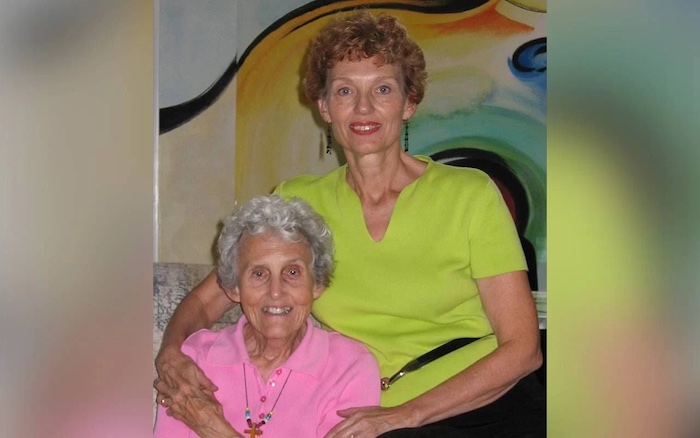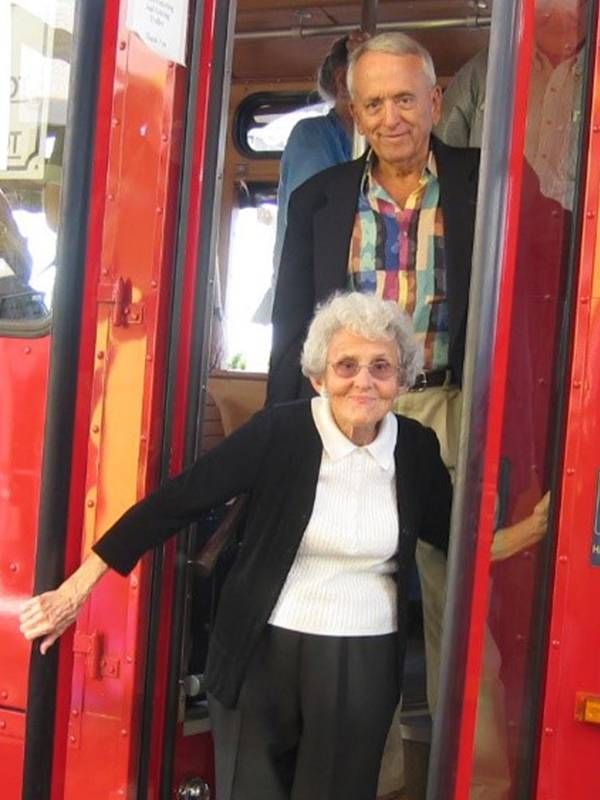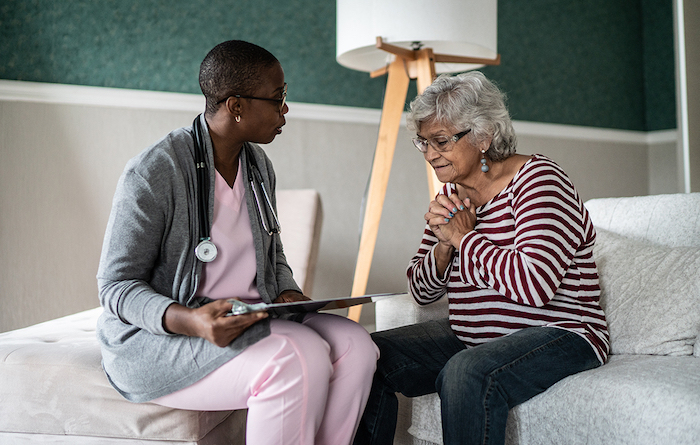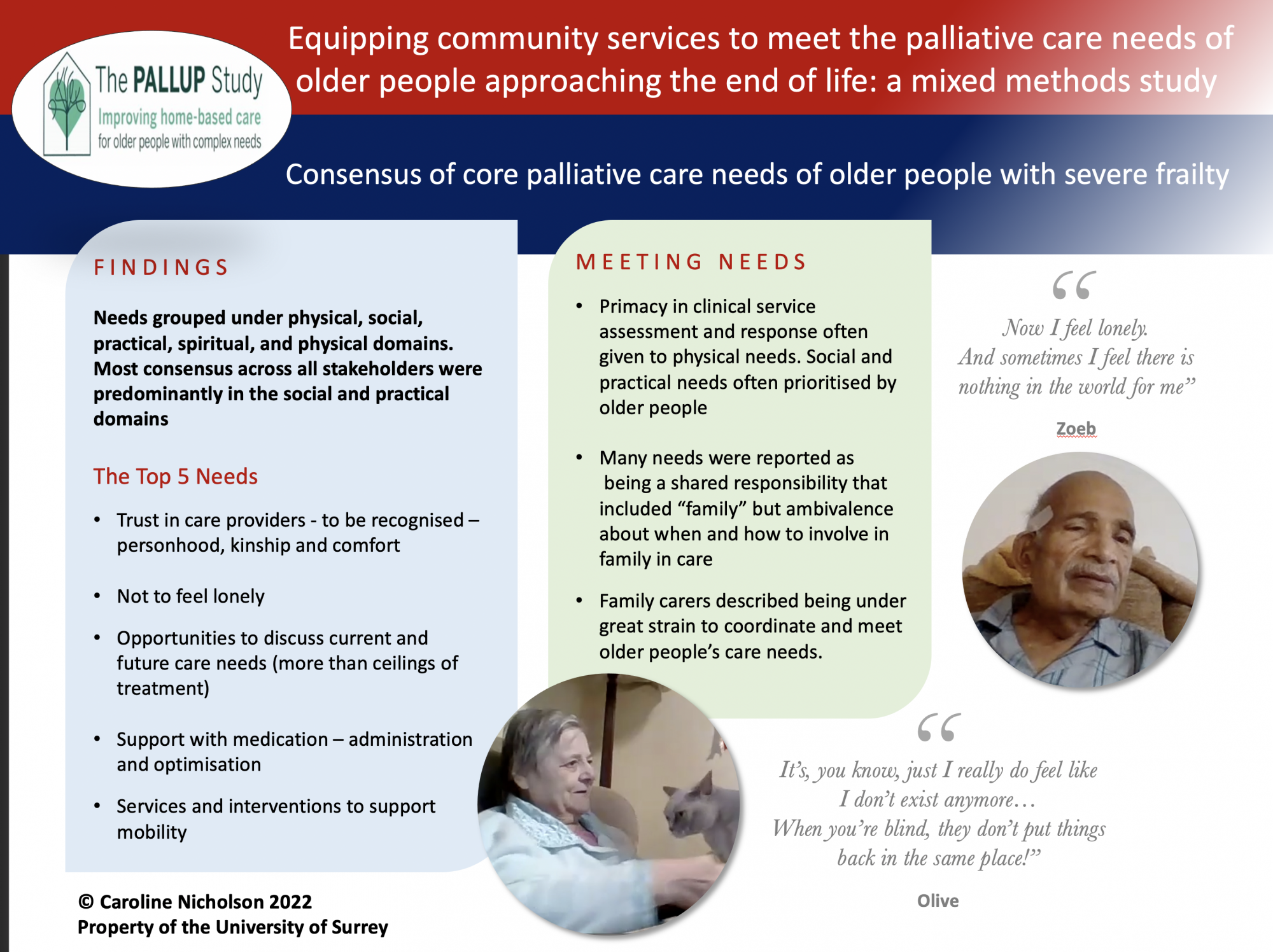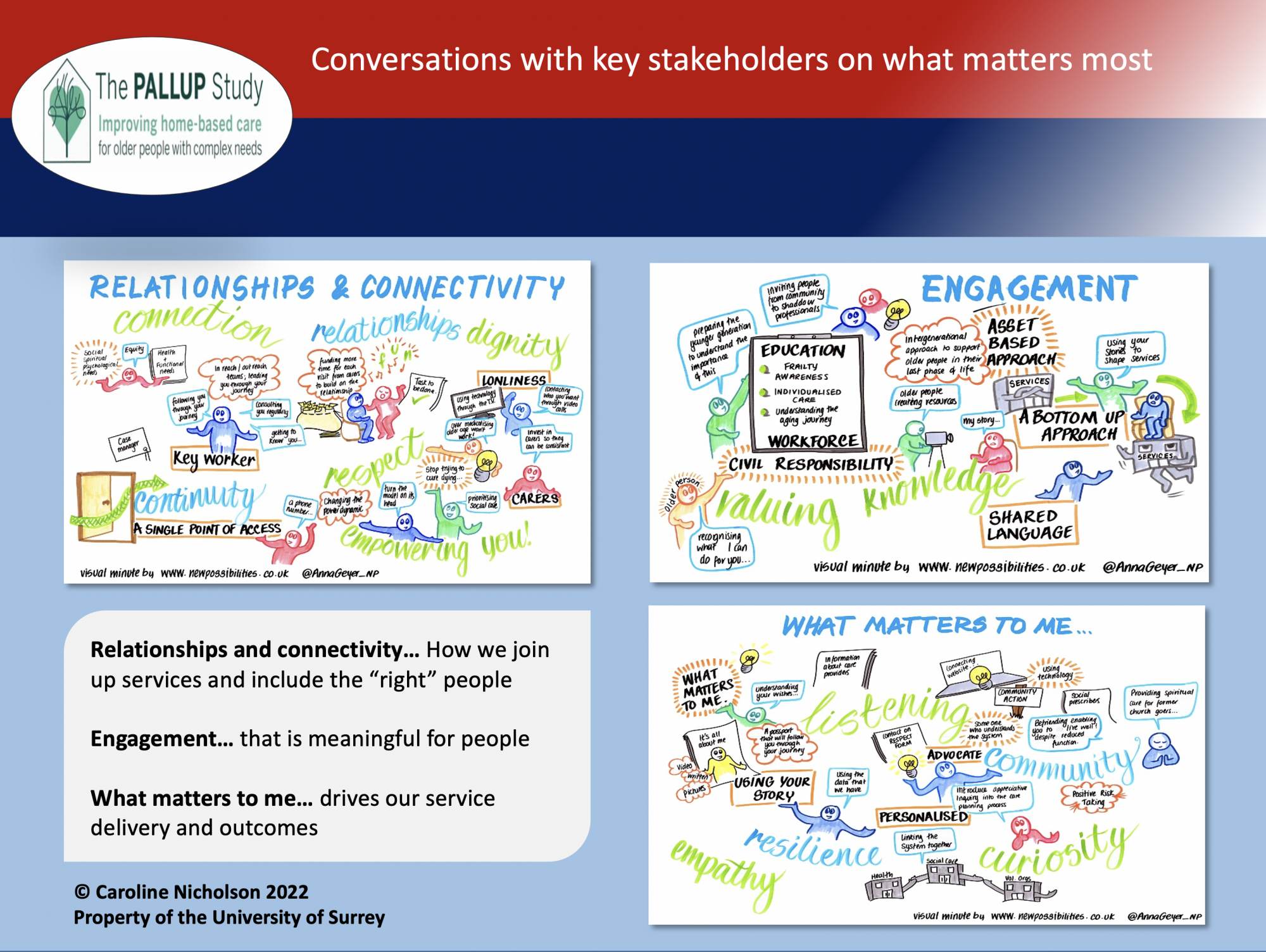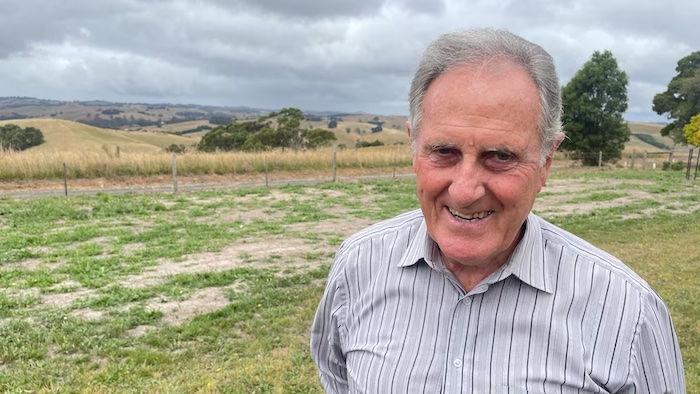
Over the past 25 years, Barry Whelan has made more than 20,000 visits to palliative care clients and their families.
The recently retired palliative care counsellor from Poowong, in Victoria’s south-east, has guided people of different faiths and backgrounds through the final stages of their life.
It’s given him insight into what happens when someone is at the end of their life.
“When someone is diagnosed with a terminal illness, they run through a milieu of emotions,” Mr Whelan says.
“Most people get to their 30s or 40s or 50s and think they’ve got 30 years left, then all of a sudden they’re told that they’ve got something that’s going to terminate their life.”
He says common reactions to a terminal diagnosis include shock, denial, or anger followed by questions such as ‘Why me? Why now?’ and ‘What happens when I die?’
“I often get asked, ‘What’s it like to die?’ and my favourite line is ‘I don’t know, I’ve never done it, but I can teach you how to live before you die’.”
Palliative care primarily involves nursing in co-ordination with services such as occupational therapy, art and music therapy, counselling, and pastoral and spiritual care.
“When I first started back in 1997, it was probably a 95 to 98-per-cent death rate, but now with the advances in modern medicine, people survive a lot longer,” he says.
Despite significant advances in pain management with terminally ill patients, Mr Whelan said the mental anguish around death and dying remained a challenging personal journey for individuals.
A good death
Mr Whelan says initial visits with palliative clients were about determining a client’s goals, priorities and what they wanted to achieve in the time they have left.
“A good death to me is someone who is at peace with themselves, at peace with their family or surroundings and at peace with whatever they believe in,” he says.
As a counsellor, he has helped clients work through their stress, anxiety, guilt and past issues to reach a point of comfort.
“One of the first patients I had, the lady wanted to jump from a parachute. She survived the parachute jump but within a few weeks she had passed away,” he says.
“It was something that she wished to achieve”.
Mr Whelan says the most heartbreaking cases that he witnessed as a chaplain in aged care facilities was when terminal patients who had not had a visitor for months and even years were suddenly set upon by relatives.
“Where there’s a will there’s a relative,” he says.
Likewise, he says that family dispute resolutions were an important part of the dying and grieving process.
“I’ve seen people sit on one side of the chapel with other family on the other side [and] it was all over some trivial thing that happened 40 years before,” he says.
“It’s amazing what drives people apart, and how little it can be to bring them back together.”
The body follows the mind
Mr Whelan says he has observed that terminal patients can linger on for days or weeks if there is something unresolved that they wish to sort out.
“I think the body follows the mind in this, both in living and in dying,” he says.
“A lot of people, once they come to that peace they can accept the dying, but a lot of people hang on.”
He recalls the story of a woman who was sent home to die in October 2007, whom he later visited in February 2008.
He says she was determined to see out her 47th wedding anniversary, then she willed herself to live for her 70th birthday celebrations, and later her son’s wedding in May 2008.
“That lady went right through for the two and half years that I visited her, until finally we made the decision at work that she wasn’t really palliative anymore,” he says.
“She was still having chemotherapy, but she didn’t really need us.
“We all have aims and goals.”
She eventually passed on in 2015, living for seven years beyond her life expectancy.
Mr Whelan has witnessed countless occasions where clients have seen through a birthday or milestone celebration, waited until a relative had arrived from overseas, or met a new addition to the family before passing within days of an occasion.
“The other thing that I see is that sometimes people wait until their loved ones have left the room, and then they will simply just close their eyes and they’re gone,” he says.
Mr Whelan believes that self-will plays a key role in a person’s ability to hang on to life. In the same way that people without particular purpose, attachment, direction or will to live, can make a call on when they’ve ‘had enough’.
He says it is not unusual for widowers to pass on not long after losing a lifelong spouse and soul mate.
“If a person doesn’t feel wanted, doesn’t feel needed, I think they lose the will to live,” he says.
“I have seen people who have gone to hospital and not been visited by their loved ones, and they’ve died within a few days. So again, it’s this will to live.”
In illustrating an example of a sustained will to live, Mr Whelan refers to the stories of concentration camp survivors and prisoners of war who manage to make the best of every day despite horrific circumstances.
“I guess my motive has been to survive as best you can for as long as you can with the best conditions you can manufacture from what you’ve got,” he says of his philosophy on life.
After 25 years witnessing people in their final stages of life, Mr Whelan says that he has learned to value everything he has.
“My advice to people is just, ‘enjoy what you’ve got, while you’ve got it, because you can’t go to a doctor and ask for a prescription for tomorrow’.”
Complete Article ↪HERE↩!

